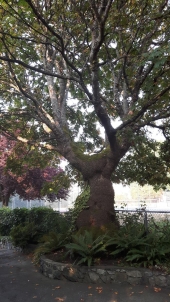
 5
5




Be the shenanigans
you want to see in the world.

 4
4




John Daley Bendigo, Australia The Enemy of progress is the hope of a perfect plan
Benefits of rainfall collection https://permies.com/t/88043/benefits-rainfall-collection
GOOD DEBT/ BAD DEBT https://permies.com/t/179218/mortgages-good-debt-bad-debt
 7
7




 6
6




 4
4




 2
2




Iterations are fine, we don't have to be perfect
My 2nd Location:Florida HardinessZone:10 AHS:10 GDD:8500 Rainfall:2in/mth winter, 8in/mth summer, Soil:Sand pH8 Flat
 4
4








Invasive plants are Earth's way of insisting we notice her medicines. Stephen Herrod Buhner
Everyone learns what works by learning what doesn't work. Stephen Herrod Buhner
 2
2




pax amor et lepos in iocando
 1
1




Abraham Palma wrote:(I prefer k-lines over contour lines because I don't have to deal with the overflow.)
 1
1





 2
2




Emily Sorensen wrote:Can you explain what a k-line is? I don't think I've heard the term before, and it sounds like something interesting to learn about.
 4
4





|
Morgan Freeman Morgan Freeman Morgan Freeman Morgan Freeman tiny ad
2024 Permaculture Adventure Bundle (now a special for october 2025)
https://permies.com/w/bundle
|




